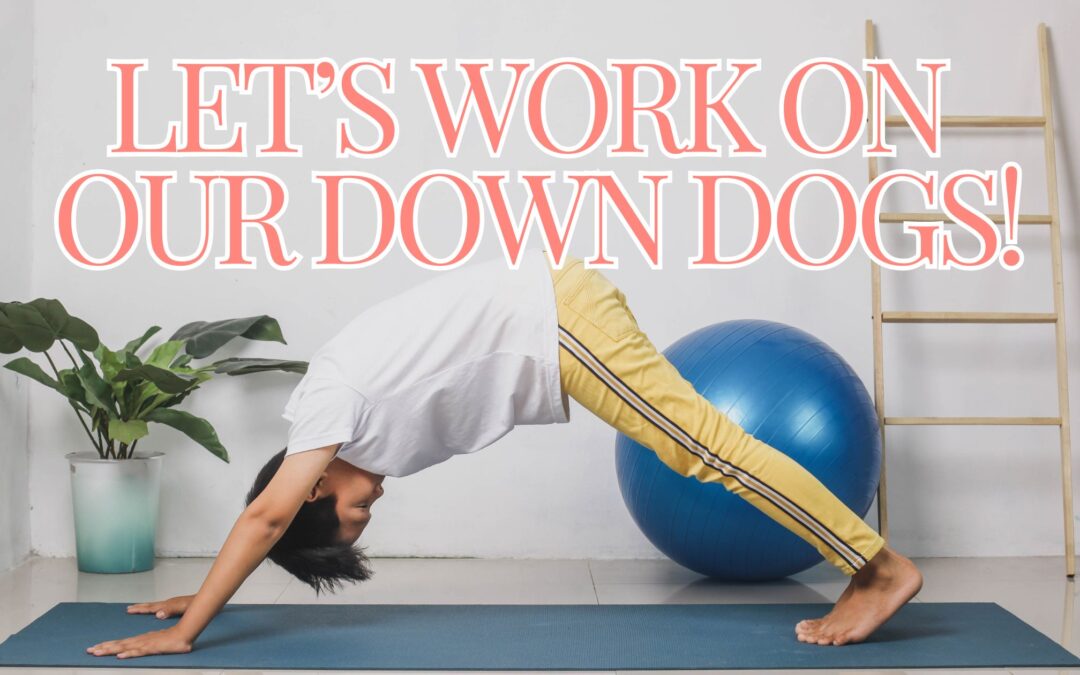Mastering Downward Dog: A Cornerstone of Your Yoga Practice
Welcome to a deep dive into one of yoga’s most iconic and versatile postures: Downward Dog (Adho Mukha Svanasana). Whether you’re a seasoned practitioner or just beginning your yoga journey, Downward Dog is a fundamental pose that offers a multitude of benefits and sets the stage for a successful practice.
What is Downward Dog?
Downward Dog is a full-body stretch that resembles a dog stretching its body, hence the name. It’s a pose that combines elements of strength, flexibility, and balance, creating a dynamic foundation for your yoga practice. In this pose, you form an inverted V-shape with your body, with your hands and feet planted firmly on the ground and your hips reaching up towards the sky.
Benefits of Downward Dog
- Strengthens and Tones: Downward Dog engages multiple muscle groups, including the shoulders, arms, core, and legs. It builds strength in your upper body and core while toning and lengthening your hamstrings and calves.
- Stretches and Lengthens: This pose provides a deep stretch for the spine, hamstrings, calves, and shoulders. It helps relieve tension and tightness in these areas, promoting overall flexibility.
- Improves Circulation: By positioning your head below your heart, Downward Dog encourages blood flow to the brain, which can help reduce fatigue and boost mental clarity.
- Calms the Mind: The inversion and the focus on breath in Downward Dog help to calm the nervous system and reduce stress. It’s a great way to center yourself and find a moment of tranquility in your practice.
- Enhances Alignment: Practicing Downward Dog regularly helps improve overall body alignment and posture. It creates a sense of grounding and balance, which is beneficial in both yoga and daily activities.
How to Get Into Downward Dog
- Start on All Fours: Begin in a tabletop position with your wrists directly under your shoulders and your knees under your hips. Spread your fingers wide and press firmly into the mat.
- Lift Your Hips: Tuck your toes under and slowly lift your hips towards the ceiling, aiming to create an inverted V-shape with your body. Keep your arms straight and your hands pressing firmly into the mat.
- Adjust Your Feet and Hands: Position your feet hip-width apart and your hands shoulder-width apart. Press your heels towards the ground, even if they don’t touch. Engage your thighs and draw them back to create a lengthening effect in your spine.
- Relax Your Head and Neck: Let your head hang freely between your arms, with your ears aligned with your upper arms. Avoid collapsing your chest; instead, draw your chest towards your thighs to maintain a long, straight spine.
- Breathe and Hold: Take deep, steady breaths and hold the pose for 5-10 breaths. Focus on the sensations in your body and the rhythm of your breath.
Common Mistakes to Avoid
- Hunching Your Back: Ensure that your spine remains straight and long. Avoid rounding your back by engaging your core and drawing your hips back.
- Overextending Your Hands: Keep your fingers spread and your weight evenly distributed across your palms. Avoid collapsing into your wrists.
- Locking Your Knees: Keep a slight bend in your knees to protect your hamstrings and maintain stability.
Incorporate Downward Dog into Your Practice
Downward Dog is often used as a transitional pose between sequences and can be a great way to reset and refocus during your practice. It’s also a fantastic pose to include in your daily routine to enhance flexibility, strength, and relaxation.
Embrace the power of Downward Dog and let it be a cornerstone of your yoga practice. With regular practice, you’ll find greater ease and comfort in the pose, along with a host of physical and mental benefits that extend beyond the mat.

